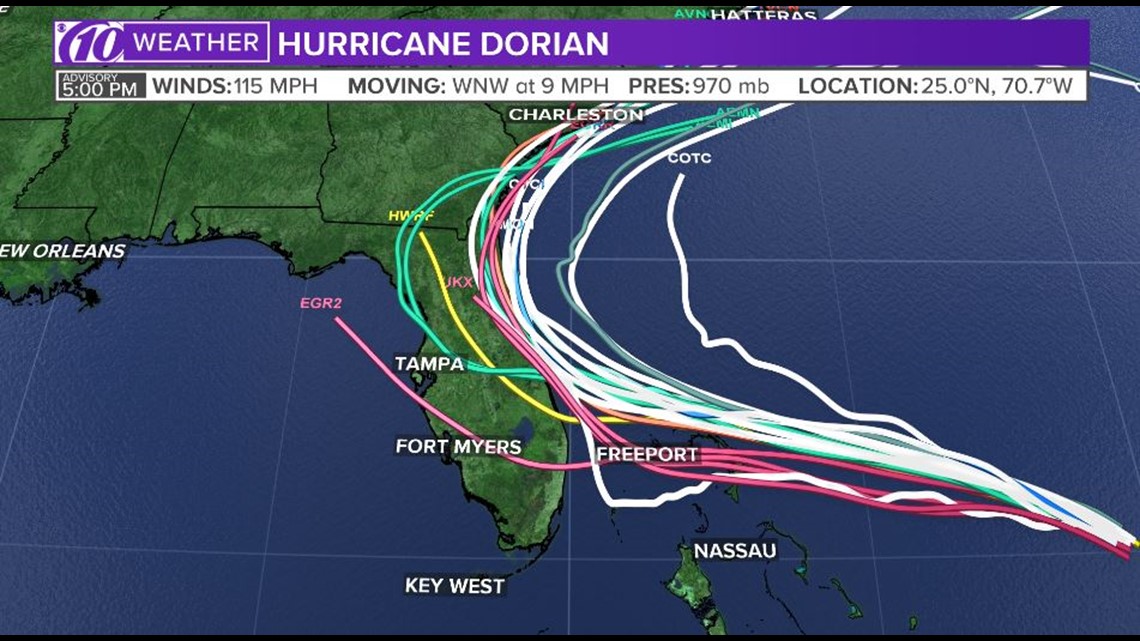Spaghetti Models in Network Analysis

Spaghetti models are a type of network visualization that represents nodes as circles and edges as lines. They are often used to represent complex networks, such as social networks or the internet. Spaghetti models can be used to identify patterns and relationships in networks, and to analyze the flow of information or resources through a network.
Types of Spaghetti Models
There are several different types of spaghetti models that can be used to represent networks. The most common type of spaghetti model is the adjacency matrix model, which represents the network as a matrix of 0s and 1s. A 0 in the matrix indicates that there is no edge between the corresponding nodes, while a 1 indicates that there is an edge. Other types of spaghetti models include the incidence matrix model, the Laplacian matrix model, and the spectral matrix model.
Examples of Spaghetti Models
Spaghetti models have been used to analyze a wide variety of real-world networks, including social networks, the internet, and transportation networks. For example, spaghetti models have been used to identify communities in social networks, to analyze the spread of diseases, and to optimize the flow of traffic in transportation networks.
Spaghetti Models in Data Visualization

Spaghetti models are a type of data visualization that uses a series of lines to represent data points. Each line represents a different data point, and the lines are connected to show the relationship between the data points. Spaghetti models can be used to visualize a variety of different types of data, including time series data, financial data, and network data.
One of the advantages of using spaghetti models for data visualization is that they are very easy to create. Spaghetti models can be created using a variety of different software programs, including Microsoft Excel, Google Sheets, and Tableau. Spaghetti models are also very easy to read and understand. Even people who are not familiar with data visualization can easily understand the information that is presented in a spaghetti model.
However, there are also some disadvantages to using spaghetti models for data visualization. One disadvantage is that spaghetti models can be difficult to interpret when there are a large number of data points. When there are a lot of lines in a spaghetti model, it can be difficult to see the relationship between the data points. Another disadvantage of spaghetti models is that they can be difficult to compare to other types of data visualizations. For example, it can be difficult to compare a spaghetti model to a bar chart or a line chart.
Despite their disadvantages, spaghetti models can be a useful tool for data visualization. Spaghetti models are easy to create and easy to understand, and they can be used to visualize a variety of different types of data. However, it is important to be aware of the limitations of spaghetti models before using them for data visualization.
Examples of Spaghetti Models
Spaghetti models have been used to visualize a variety of different types of data, including:
- Time series data: Spaghetti models can be used to visualize time series data, such as stock prices or sales data. A spaghetti model can show the trend of the data over time, and it can also show the relationship between different time series.
- Financial data: Spaghetti models can be used to visualize financial data, such as stock prices or bond yields. A spaghetti model can show the relationship between different financial instruments, and it can also show the impact of different events on financial markets.
- Network data: Spaghetti models can be used to visualize network data, such as social networks or transportation networks. A spaghetti model can show the connections between different nodes in a network, and it can also show the flow of information or goods through a network.